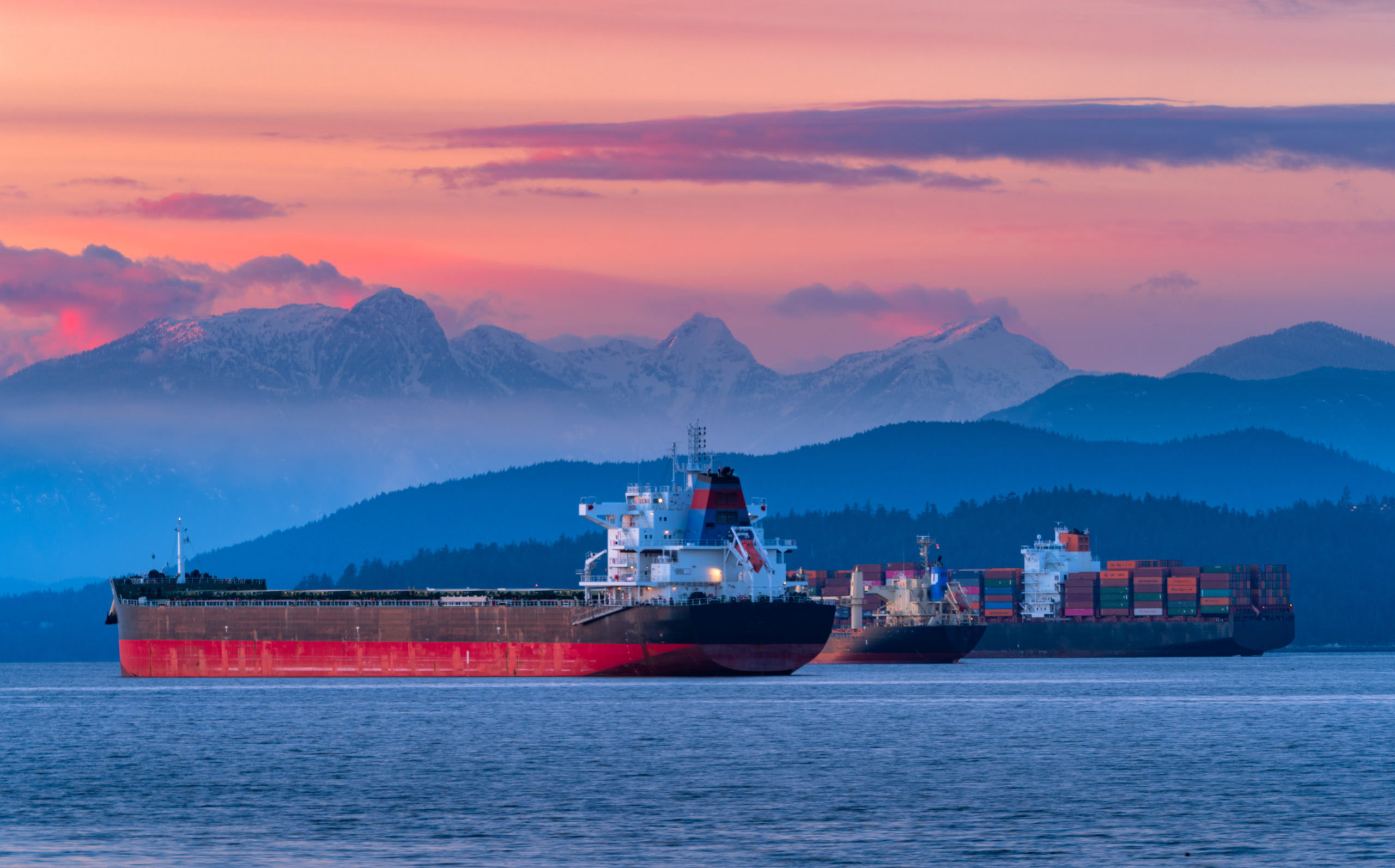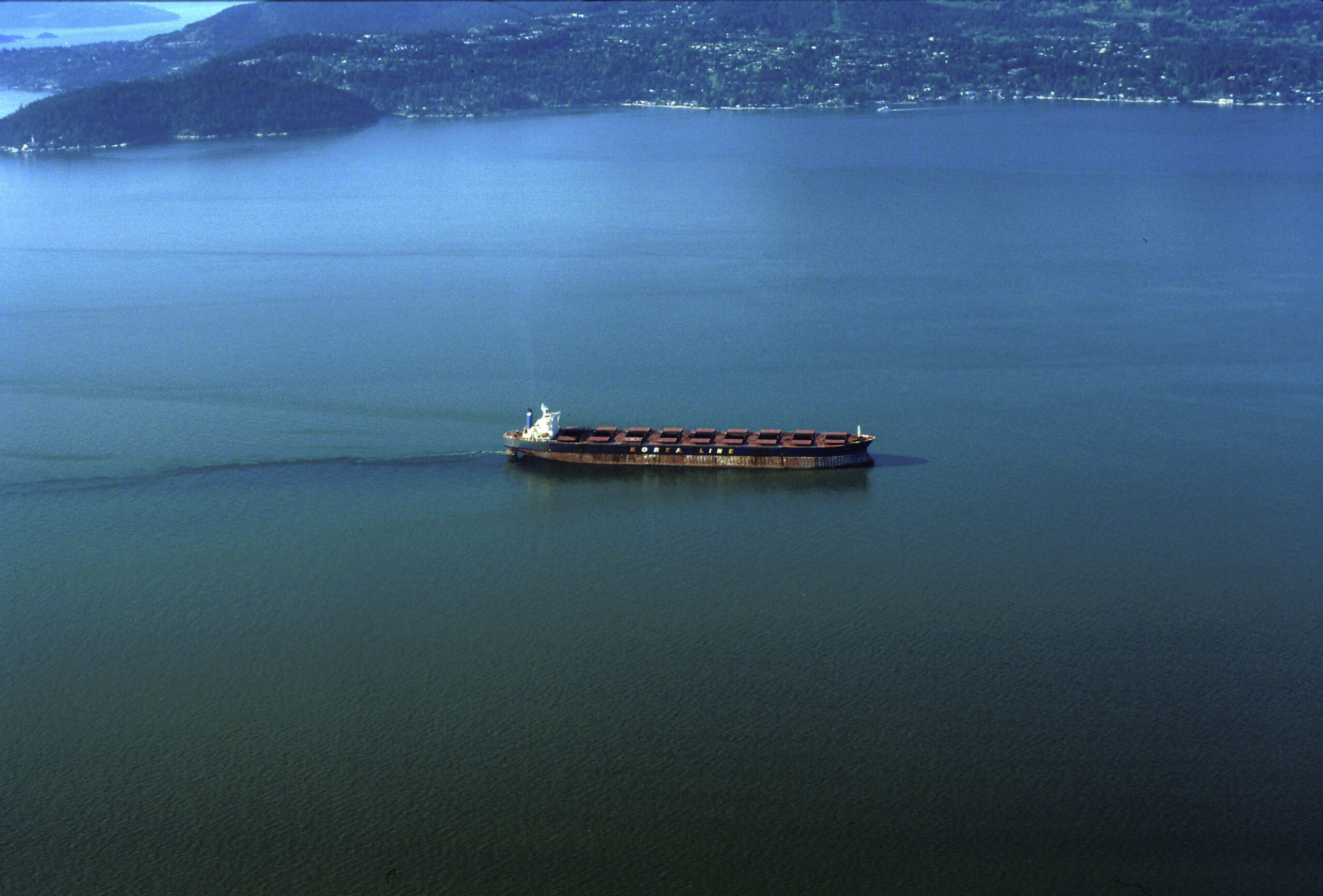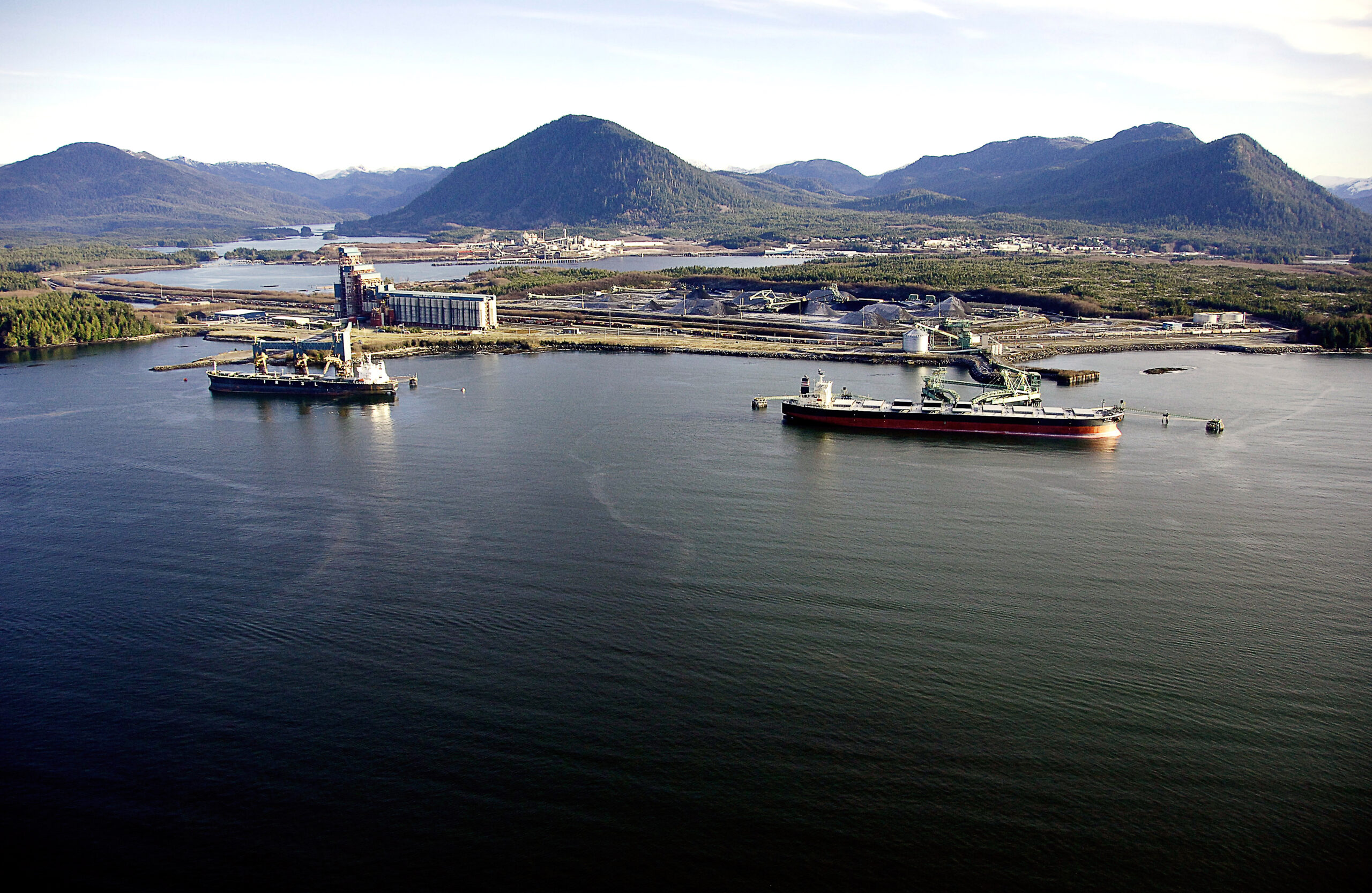The Power of Ports: How Canadian Port Authorities can bring change to shipping
Marine shipping is integral to our everyday lives — from our food and clothes to cars and electronics, about 80 per cent of the items we use on a daily basis arrived by ship from around the world.
But that’s not all they bring.

In 2020, the International Maritime Organization (IMO) — the UN agency responsible for regulating international shipping, including marine pollution — set a fuel oil sulphur limit, reducing the allowable sulphur content of fuel from 3.5 per cent to 0.5 per cent.
In order to comply, vessels must either switch to a cleaner fuel — such as very low sulphur fuel oil (VLSFO) or marine gas oil (MGO) — or install exhaust gas cleaning systems. Better known as scrubbers, they “scrub” the sulphur from the exhaust gas to stay within acceptable limits — except that the washwater used to clean the exhaust gas is then discharged into the sea, simply turning air pollution into water pollution.
This scrubber washwater is highly acidic and contains contaminates such as heavy metals and polycyclic aromatic hydrocarbons (PAHs). When discharged into the ocean, it contributes to ocean acidification and has been linked to reproductive dysfunction and cancer in marine mammals.
A 2021 report by the International Council on Clean Transportation estimates that, globally, 10 gigatonnes (Gt) of scrubber washwater is discharged annually. Of this 10,000,000,000 tonnes, it’s estimated that 80 per cent is expected to be discharged within 200 nautical miles of shore, which is a country’s Exclusive Economic Zone.
To bring that even closer to home, literally, they also estimated the amount of washwater discharged within one nautical mile of various ports. For the Port of Vancouver, for example, that was 5.2 million tonnes of washwater per year.
When discharged in close proximity to shore, especially in shallower waters with limited exchange or dilution, this washwater could lead to concentrations of pollutants that exceed thresholds set for the protection of aquatic life.
Thankfully, with the proper policies, services and infrastructure, ship-source pollution like this can be reduced and mitigated, avoiding unnecessary harm to the marine environment.
And that’s where ports come in.
Ports fulfill a key role in the shipping sector by providing the space, facilities and services for vessels at berth. These include things like shore-based power — so vessels can turn off their fuel-burning engines (and, thus, their scrubbers as well) and run on electricity, greatly reducing emissions at port — and waste removal, so vessels can offload when docked for treatment and disposal instead of dumping in the ocean.

However, a port’s capability to offer these services depends on a variety of factors such as finances, port size and capacity, and legal mandates. Of the over 550 port facilities in Canada, 17 of them are designated Canadian Port Authorities (CPA). Though small in numbers, CPAs handle around 60 per cent of Canada’s commercial cargo tonnage, moving 340 million tonnes in and out of Canada in 2020 alone.
CPAs operate at arm’s length from the federal government. They must comply with federal regulations such as the Oceans Act and the Canadian Environment Protection Act, but the legal framework for CPAs does not outline specific environmental requirements outside of the mandate and powers written into their respective incorporating documents, called Letters Patent, which then are to be exercised within the boundaries of the Canada Marine Act.
To help us navigate this complexity, WWF-Canada commissioned a legal review, Understanding Port Jurisdiction in Canadian Law. Compiling international, federal, provincial and Indigenous laws and regulations governing ports, this provides a better understanding of the legal requirements of ports in Canada and identifies opportunities to voluntarily go beyond minimum requirements.
For example, strong policies and regulations can be used as tools to help offset ship impacts and, unlike physical infrastructure, rules are free and don’t take up any space!
CPAs are awarded certain powers to promote safe and efficient navigation and environmental protection within their jurisdictional waters. This includes establishing vessel practices and procedures (such as restricting certain discharges at berth) and creating traffic control zones (such as restricting vessel speed in certain areas) consistent with national standards under the Canada Shipping Act, 2001. Port authorities have the discretion to use these powers to help prevent or mitigate the impacts of vessels on marine species, and the marine environment in general, in port and harbour waters.
Some CPAs are already taking advantage of these powers and have established their own policies and procedures that go beyond the minimum legal requirements to reduce environmental impacts. Vancouver Fraser Port Authority’s Enhancing Cetacean Habitat and Observation (ECHO) Program, for example, aims to reduce the chances of ship strikes through voluntary slowdowns and requesting tugboats move slightly further south to avoid critical southern resident killer whale habitat.
A few CPAs also make use of incentive programs, offering discounted harbour fees to vessels that voluntarily report on certain environmental initiatives, such as connecting to shore power while at berth, or having certain environmental designations. For example, the Environmental Ship Index provides scores to vessels based on their air emission reductions, and some ports reduce harbour fees for vessels that reach a certain score. These kinds of programs are not a federal requirement of CPAs and are great examples of ways that they can go beyond regulations to further prioritize environmental sustainability at their port.
And while there is currently no federal restriction on the use of scrubbers in Canadian waters, five CPAs have so far recognized the harm these do to the marine environment and have implemented restrictions within their jurisdictional waters.
Vancouver Fraser Port Authority prohibits the discharge of scrubbers while at anchorage or at berth and is working towards a complete ban of their use within the Port of Vancouver, which occupies 160 square kilometres. Sept-Îles Port Authority also prohibits the use of open-loop scrubbers (the most popular and dirtiest kind of scrubber in use) within the port’s limits.

Just this year, Prince Rupert Port Authority announced an amendment to their Practices and Procedures and implemented a ban on the use of open-loop scrubbers within Prince Rupert Harbour. Montreal Port Authority also recently amended their Practices and Procedures to prohibit the use of open-loop scrubbers for vessels stopped in the port. Likewise, Port Saint John recently updated their Practices and Procedures to explicitly state that open-loop scrubbers are not permitted within inner areas of the harbour limits.
WWF-Canada applauds these efforts, and we encourage all ports to voluntarily make similar positive strides. While we wait for federally mandated regulations, such as a complete ban on scrubbers in Canadian waters, all CPAs can and should implement or strengthen prohibitions on the use of scrubbers in their jurisdictional waters.
And it doesn’t have to end with scrubbers! CPAs can use their powers to enact a number of internal policies and regulations that go above and beyond minimum legal requirements to further safeguard the environment under their jurisdiction.
Ports have the opportunity to be the leaders in environmental sustainability by pushing for further decarbonization of the maritime industry, and showing governments and regulatory bodies that it is possible to bring change to shipping.

